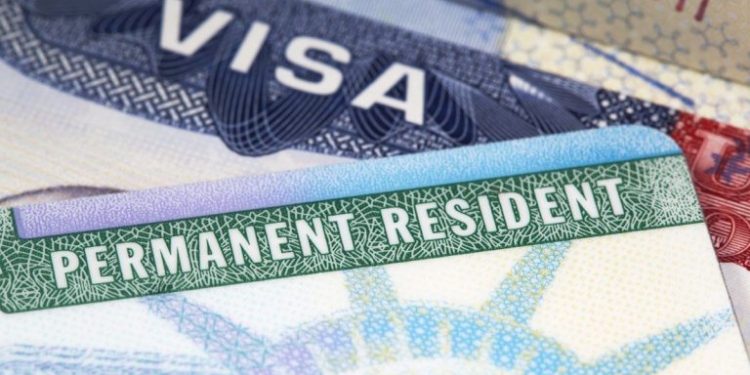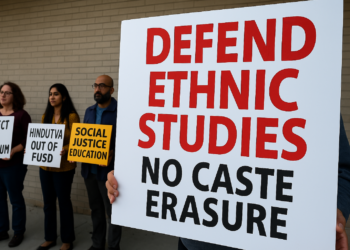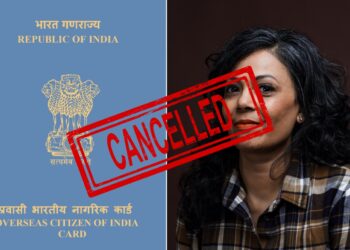The United States of America’s EB-5 visa program, sometimes known as the “Golden Visa,” permits foreign investors to tread a short road to permanent US residence. Wealthy candidates from India and China are applying for this program.
The US gives a green card, in accordance with the visa program, to candidates who make significant investments and add at least 10 permanent employment to the economy of the US. In 2021, the Congress failed to reauthorize the EB-5 visa, causing a backlog that lasted over ten years, according to a Bloomberg report.
The investor program, which was established in 1990, underwent revision in March 2022 as a result of US Congress legislation. According to estimates from investment migration consultant Henley & Partners, 8,000 Indians and 10,000 high-net-worth Chinese people are considering applying for EB-5 visas.
According to the research, the Golden Visa program has attracted $37 billion in foreign investment since 2008 for developments like Trump Bay Street in Jersey City and Hudson Yards in New York.
The law established by Congress and implemented under the EB-5 Reform and Integrity Act 2002 was signed by US President Joe Biden on March 15. According to specifics, the US government increased the minimum investment in areas with targeted employment from $500,000 to $800,000.
For investments in non-targeted unemployment regions, the Congress also increased the required minimum investment from $1,000,000 to $1,050,000.
In order to prevent fraud, the legislation also intensifies audits and site visits. However, it also provides a way for some people to avoid the backlog of cases if they are prepared to invest in rural areas or regions with significant unemployment.
According to the trade association Invest in the USA, around 1,00,000 EB-5 visa applicants with about $15 billion in promised investments have been in disarray since the program expired in June 2021, according to the Bloomberg article.
The program’s resumption coincides with a rise in the number of affluent Chinese and Indians trying to emigrate or searching for alternatives. The two Asian countries are anticipated to have the largest outflows of rich people this year, second only to Russia, with estimates indicating that 10,000 wealthy citizens are attempting to withdraw $48 billion from China this year and 8,000 from India.
In order to obtain a US green card, the US permits foreign nationals to invest money in their economy. It is the most convenient and straightforward option to obtain a US green card for individuals who have the required funds. People who complete this investment procedure are given an EB-5 immigrant visa, which enables them to receive a green card or permanent residency as soon as they arrive in the US.
The EB-5 visa program, which offers jobs for US residents, has drawn criticism because of financial irregularities and possibly national security or transparency concerns.
In addition, the project was tarnished by financial scandals involving multi-million fraud cases spanning from California to Vermont’s ski resorts and failing to focus on development in low-income areas.
People have waited impatiently for visas to enter the United States of America from all over the world. The variety, accessibility to opportunities, excellence of the educational system and infrastructure, and status as the world’s largest consumer market are just a few of the reasons why the United States green card is appealing.
Thousands of immigrants are drawn to the United States by the prospect of the American Dream, but only a select few are able to do so swiftly.
The I-526 and I-485 petitions for status adjustments may be submitted concurrently under the EB-5 Reform and Integrity Act of 2022. Investors previously had to wait for I-526 clearance before submitting a request to modify their position. However, savvy investors may take advantage of major Green Card advantages prior to real Green Card acceptance thanks to the opportunity to file both applications concurrently.
Moreover, this has highly ambiguous qualifying requirements. Anyone in the country on a non-resident visa usually an H-1B, E-2, or F-1 with a valid priority date is eligible to submit a concurrent application.











